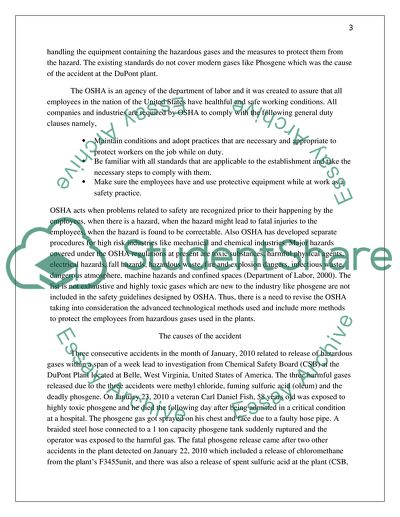Cite this document
(Safety Regulations for Plants Storing Lethal Compressed Gas Research Paper, n.d.)
Safety Regulations for Plants Storing Lethal Compressed Gas Research Paper. Retrieved from https://studentshare.org/chemistry/1759059-a-needed-update-to-oshas-safety-standards-for-compressed-toxic-gas
Safety Regulations for Plants Storing Lethal Compressed Gas Research Paper. Retrieved from https://studentshare.org/chemistry/1759059-a-needed-update-to-oshas-safety-standards-for-compressed-toxic-gas
(Safety Regulations for Plants Storing Lethal Compressed Gas Research Paper)
Safety Regulations for Plants Storing Lethal Compressed Gas Research Paper. https://studentshare.org/chemistry/1759059-a-needed-update-to-oshas-safety-standards-for-compressed-toxic-gas.
Safety Regulations for Plants Storing Lethal Compressed Gas Research Paper. https://studentshare.org/chemistry/1759059-a-needed-update-to-oshas-safety-standards-for-compressed-toxic-gas.
“Safety Regulations for Plants Storing Lethal Compressed Gas Research Paper”, n.d. https://studentshare.org/chemistry/1759059-a-needed-update-to-oshas-safety-standards-for-compressed-toxic-gas.


